Why you can trust TechRadar
Battery life
- Mediocre stamina in this class
- 2,600mAh cell
- USB-C Charging
The HTC U11 Life has a 2,600mAh battery, smaller than those of the Moto G5S Plus, the Honor 9 or the Moto X4.
Thanks to the energy improvements of the Snapdragon 630 chipset, stamina is just about acceptable. However, on busier phone days when we’ve streamed a few hours of podcasts over 4G, the HTC U11 Life needed a top up hours before bed time.
If you want a phone that lasts through a day (almost) no matter what you subject it to, the HTC U11 Life isn’t the best choice.
Results in our usual battery benchmark were poor too. A 90-minute video played at maximum brightness takes 35% off the battery level. The Moto X4 lost just 10%.
Camera
- Excellent HDR processing
- Fine detail often looks soft close-up
- Poor low light image quality
The HTC U11 Life is one of the best arguments for computational photography you’ll find. In certain conditions the results it can pull out of what appears to be a somewhat unremarkable sensor are, well, remarkable.
Its dynamic range optimization is at times staggeringly good, with shadow detail when shooting right into the sun similar to what you might see in shots taken with an APS-C camera. For the non photography nerds out there, this is kind of sensor used by compact system and DSLR cameras that cost up to $1000/£1000.
This is down to a merging of several exposures with just about every shot you take. For sunset photos and nature shots where the sun is peeking out behind a tree, this is a fantastic benefit. Dynamic range is often comparable with that of the best phone cameras available right now. It’s Instagram-tastic.
Sign up for breaking news, reviews, opinion, top tech deals, and more.
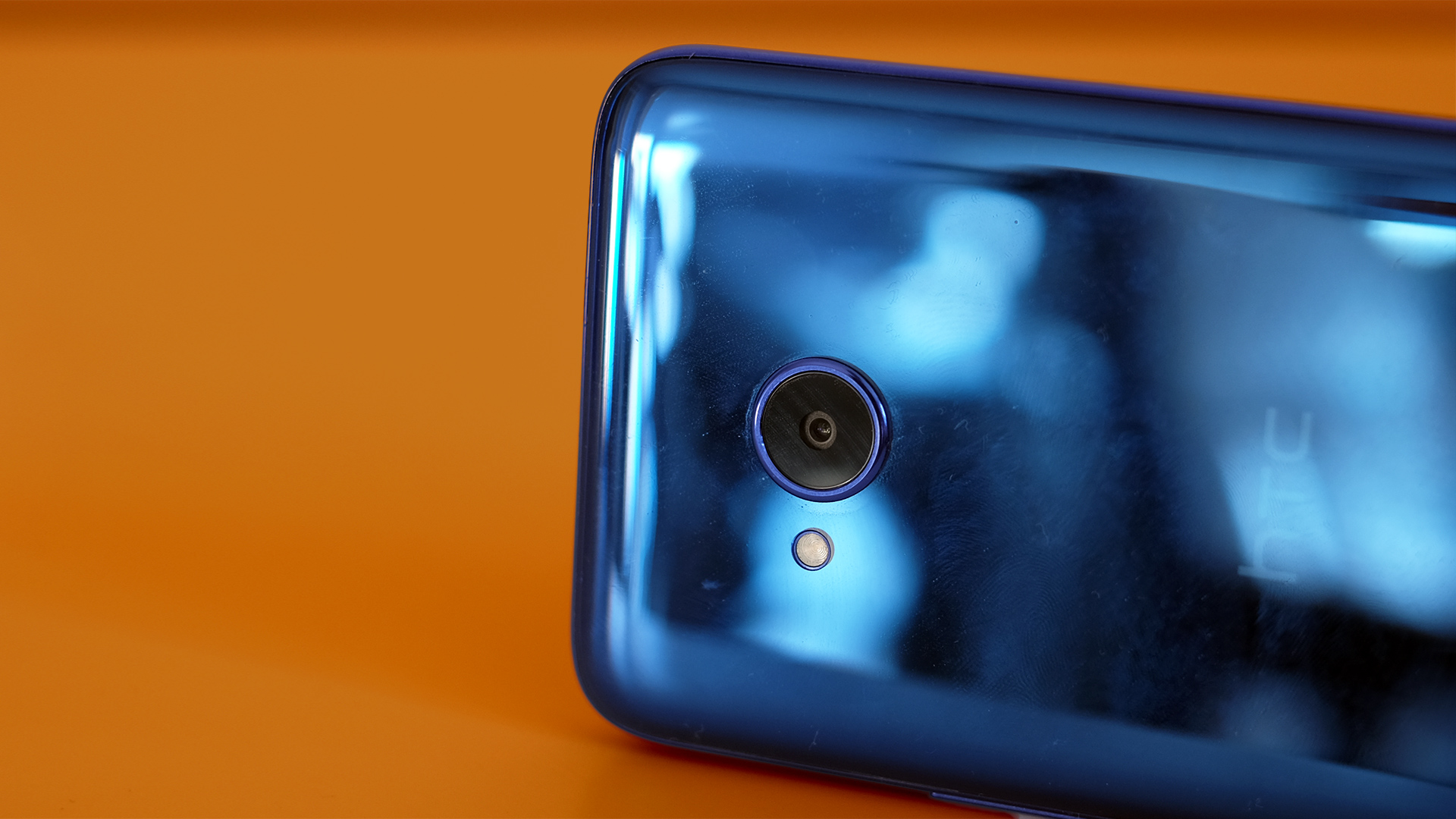
Look a little closer and you can see some of the limitations of the hardware, though. The HTC U11 Life has a 16MP sensor, and while HTC hasn’t announced the exact sensor used, it’s almost certainly one with smaller sensor pixels.
Up close, fine details have much less integrity than those of the best 12MP sensors. At pixel level images look simultaneously soft and a little noisy, even in daylight.
So while the resolution is high, lower-res cameras can actually reproduce much better, cleaner detail. Like other cameras struggling against the limits of the hardware, the HTC U11 Life tends to struggle with very vivid red tones as well.
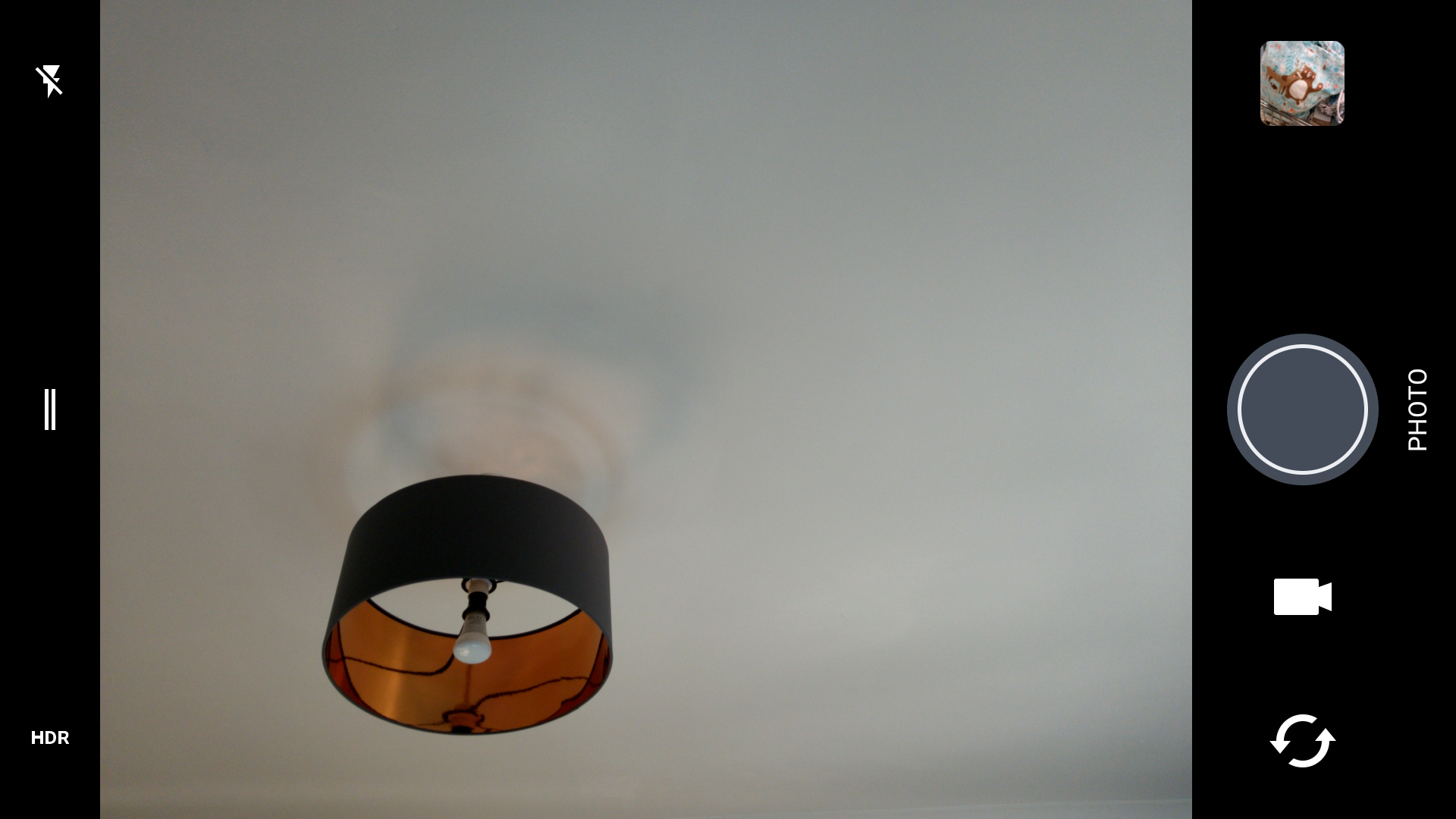
Night photo quality is also poor. There’s no optical image stabilization to allow slower exposures, and consequently fine detail disappears completely. This is a great camera for tricky daylight conditions (as long as you don’t zoom in), but a poor one at night.
The HTC U11 Life also lacks a background blur portrait mode, which is usually, but not always, restricted to phones with dual rear cameras. You do get a Pro mode, which saves DNG (RAW) files instead of JPGs, but such a mode shines with a camera with a more versatile sensor and stabilized lens.
On the front, the 8MP selfie camera is nothing special either. Again, fine detail looks soft.
Video capture goes up to 4K resolution for the rear camera, though, and there’s a 120fps slow motion mode.
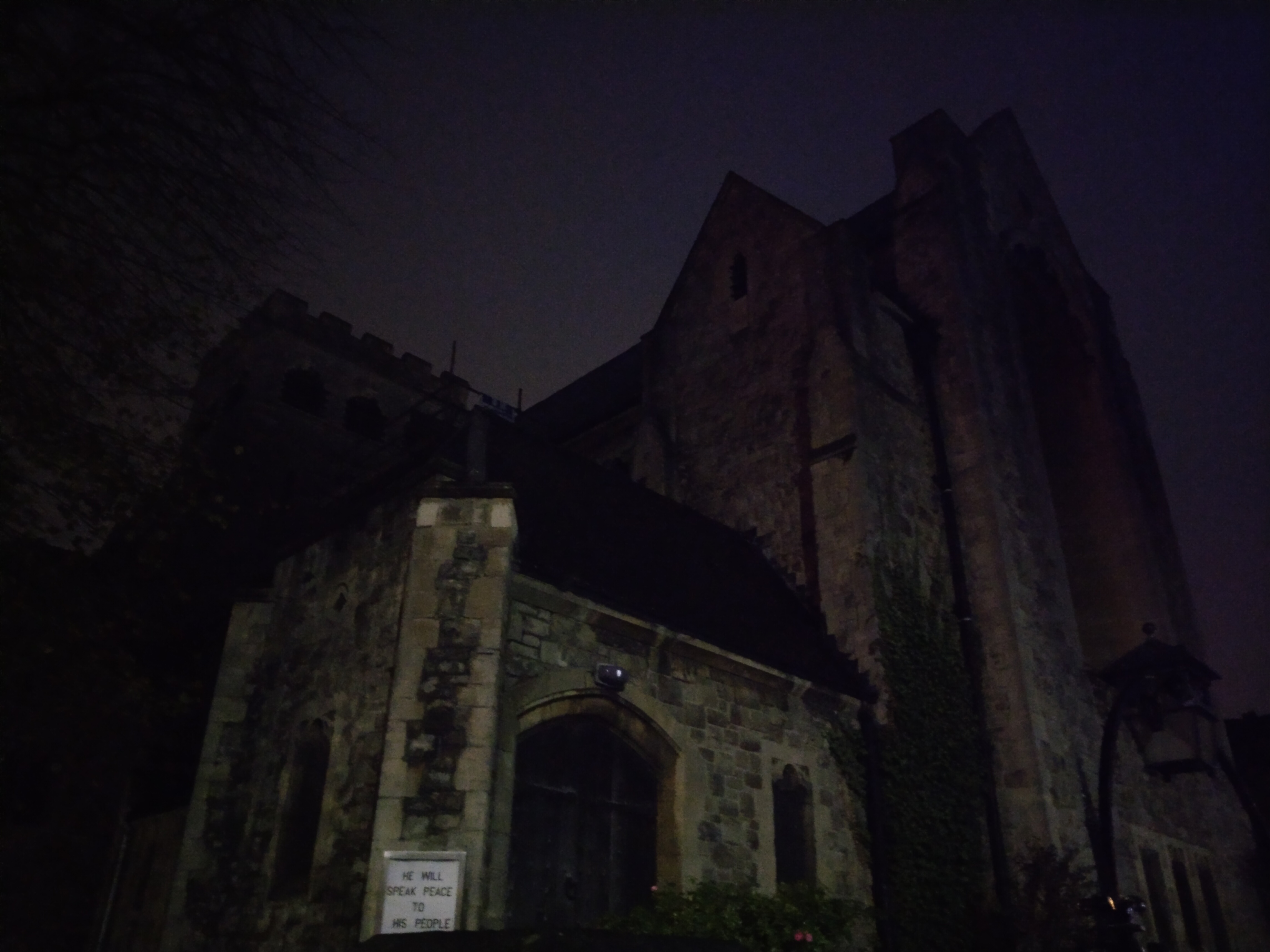


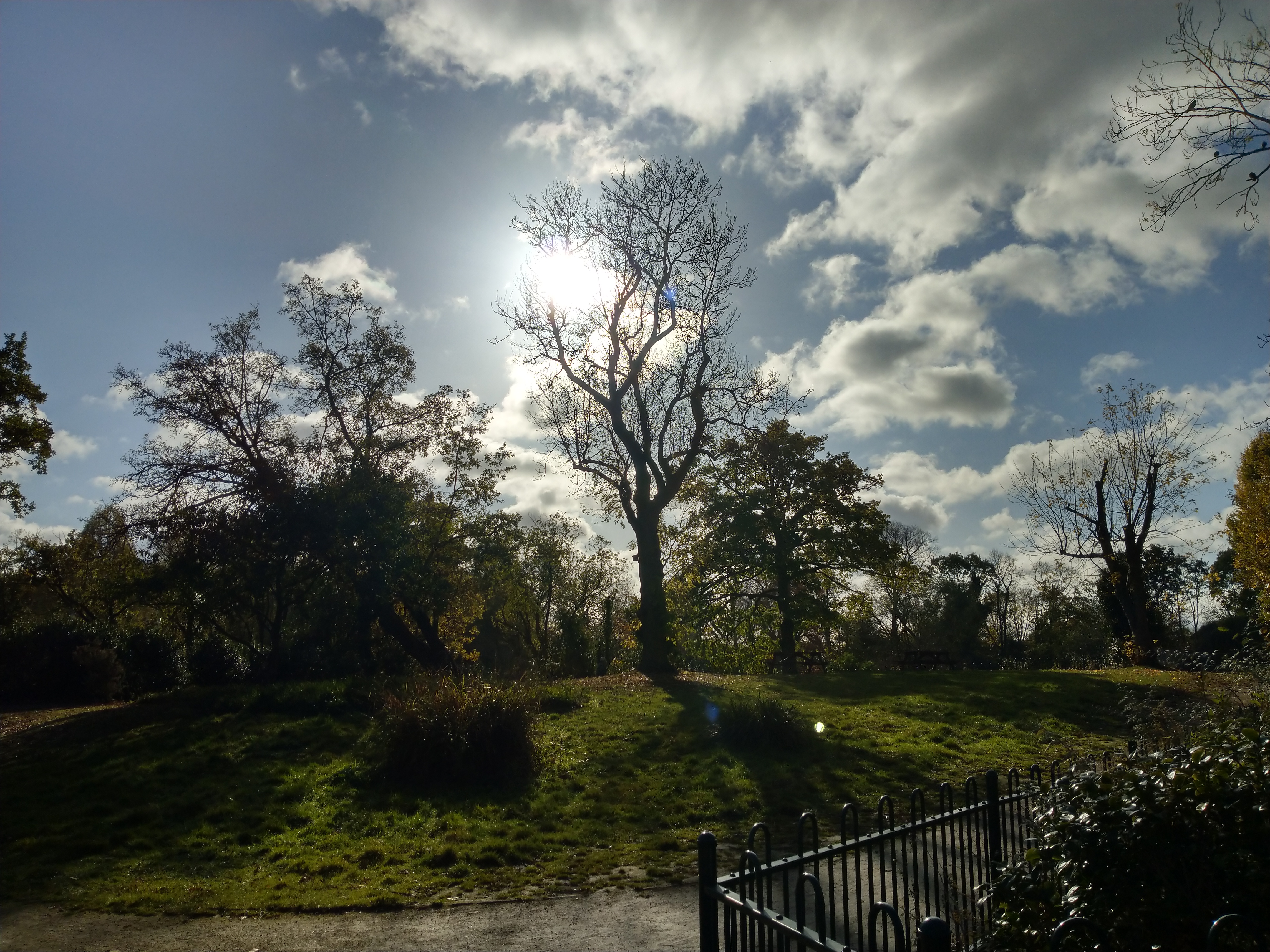


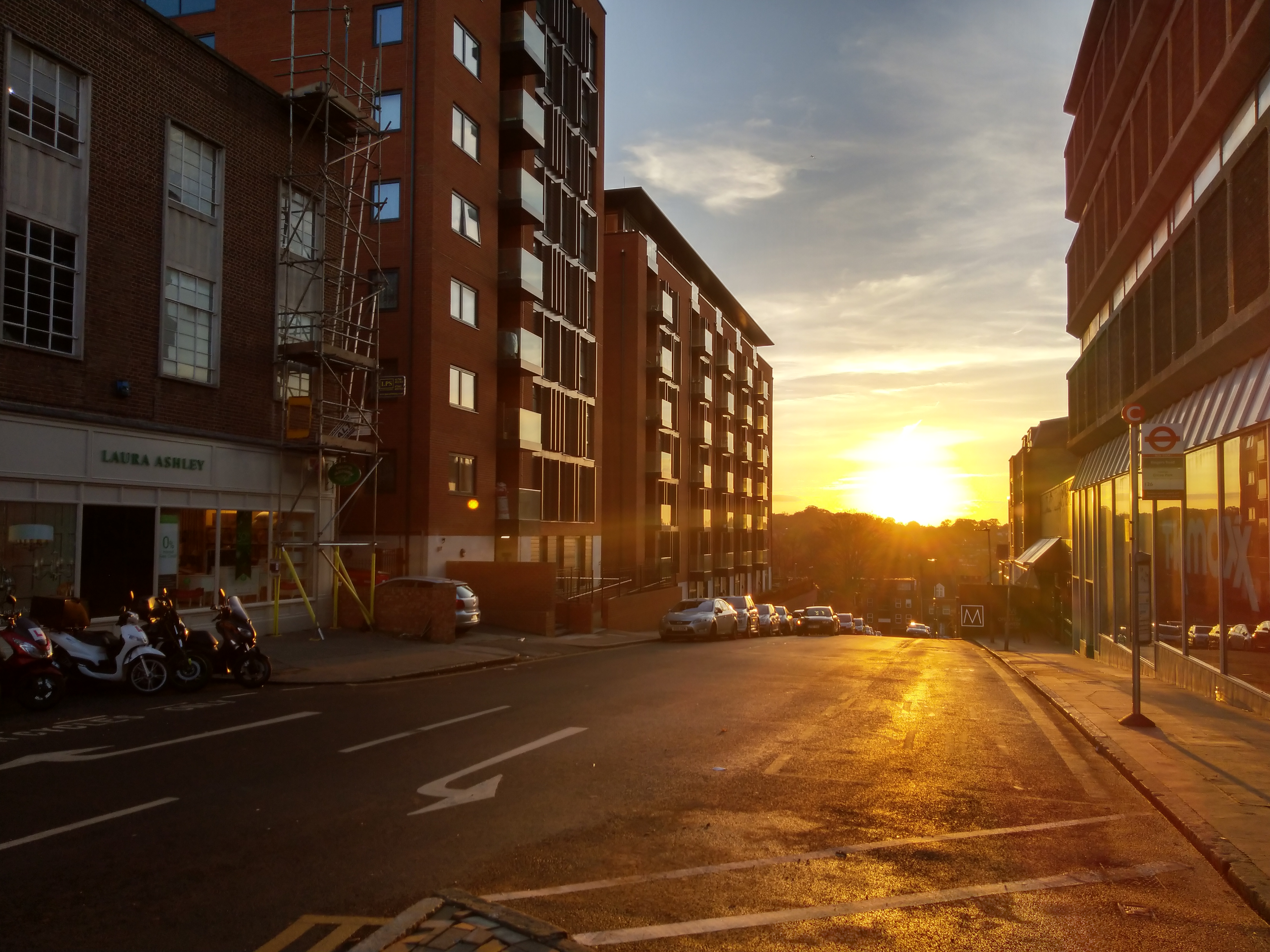

Current page: Battery life and camera
Prev Page Introduction, key features and design Next Page Anything else I should know?
Andrew is a freelance journalist and has been writing and editing for some of the UK's top tech and lifestyle publications including TrustedReviews, Stuff, T3, TechRadar, Lifehacker and others.
